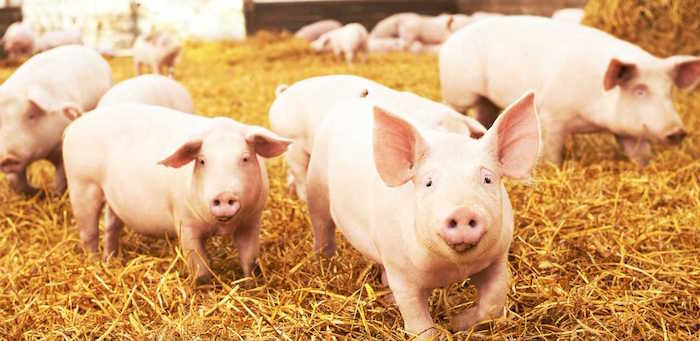We recently invited the British Poultry Council (BPC)’s public affairs and PR manager Shraddha Kaul to present to the Allied Industry Group about being more proactive with regards to comms, getting the most from good news stories (which seem to be few and far between) and how to diffuse bad news and anti- farming coverage, writes Lizzie Wilson, NPA’s policy services officer.
The pig and poultry sectors have many common challenges – not least the fact that we’re generally considered ‘intensive’ livestock sectors. And these days, apparently, ‘intensive’ or big equates to bad.
Consumers assume all farm animals either are or should live outside, because it’s more ‘natural’. We all know our detractors gleefully perpetuate this ideal to drive their own particular agenda. This is increasingly affecting planning applications and the way in which the media engage with and portray us. But, Shraddha told us we should pick our battles a little better.
Although anti-farming and vegan groups make a lot of noise in trying to influence people’s diet, the actual change they effect is limited. Journalist and broadcaster Anna Jones added further balance at our spring South Central regional meeting, in that only approximately 1% of the population are vegan.
Comparatively, 1% are farmers – now consider how much media coverage (good and bad) we have received over the years. Pretty disproportionate for such a small group. Journalists don’t agree that we should always command positive ‘puff’ stories just because we grow food. However, consumers don’t appreciate being dictated to on what to eat and why by the evangelical fringe.
The likes of Compassion in World Farming (CIWF) and animal rights activists love to infer we have ‘something to hide’ – we all know we don’t. But we do know there are certain practices that may be unpalatable to the general public, who now, so disassociated from farming, find it difficult to comprehend. I do agree with Shraddha and our friends at CIWF (once and once only!) – we need to be more transparent as an industry.
We should be honest, open and confident when challenged – certain production systems may not be acceptable to everyone, but this is what we have to do to be able to feed everyone at a certain price point. We produce affordable pork for the average consumer – the majority, not the minority, while delivering a good standard of health and welfare.
That said, the consumer landscape is changing. Consumers are more aware of their health and the environment and the impact of their choices on both than ever before, and we must adapt, also. But we’ve got a great track record, having coped with so much volatility over the years.
Although we already work with BPC, on environmental issues in particular, we’ll be meeting them shortly to discuss how else we can work together collaboratively in future. As the two most progressive and proactive livestock sectors, I’m excited to discuss what we might be able to achieve together.




